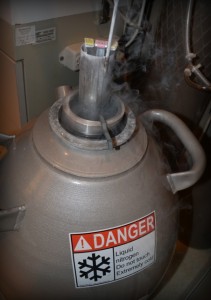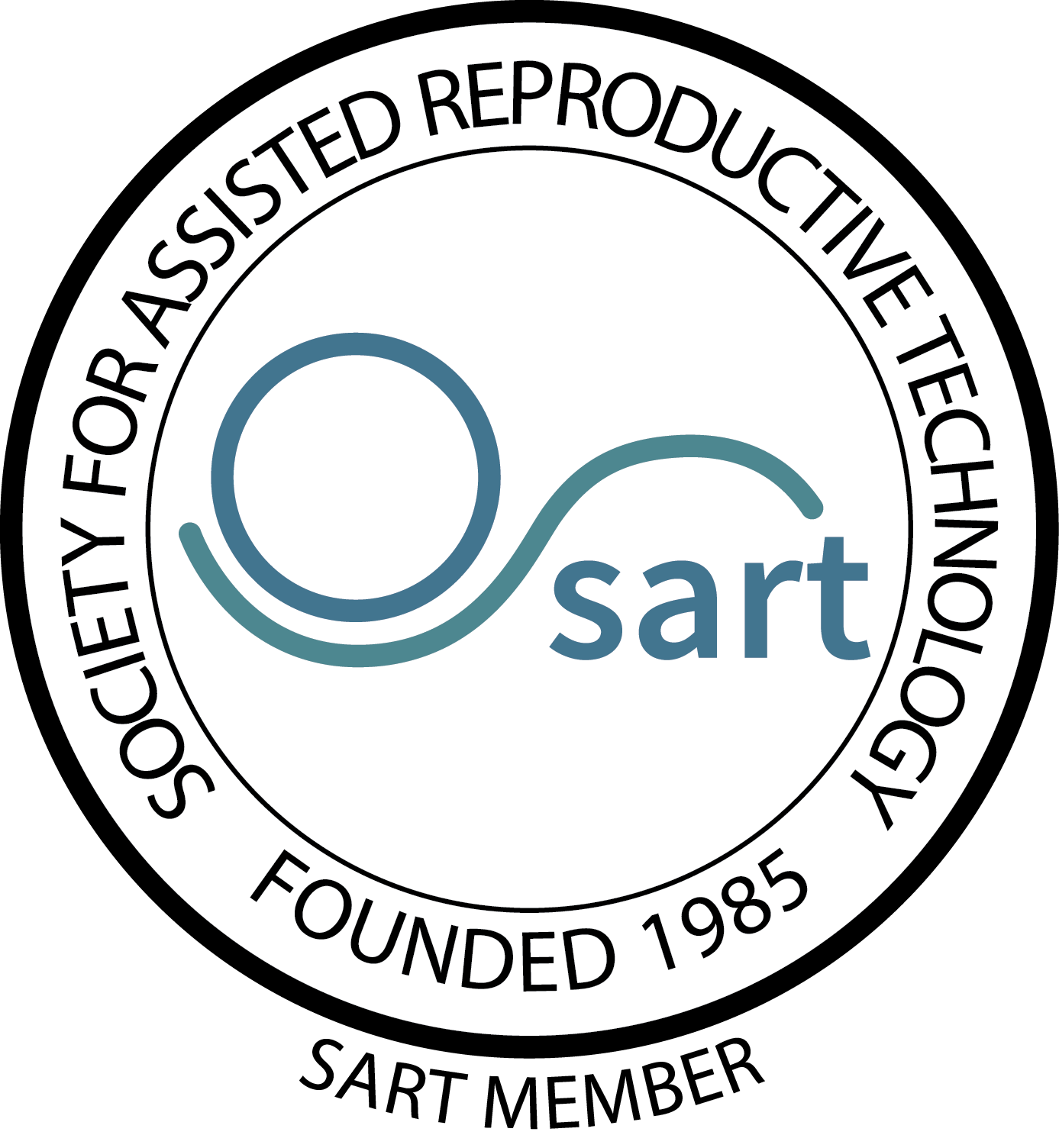 All about Vitrification
All about Vitrification
Embryos and eggs can now be successfully frozen and thawed better than ever. Until recently, embryo and egg freezing (also called cryopreservation) were accomplished with a technology known as “slow freezing.” This has recently been replaced with a more sophisticated technology called vitrification, which is generally felt to be a superior process for cryopreservation.
Freezing embryos and eggs
When patients undergo an in vitro fertilization (IVF) cycle, they will hopefully produce a number of viable embryos. Any embryos that aren’t immediately transferred back to the patient are placed in cryostorage, meaning they are frozen and stored until they are needed for later transfer. Unfertilized eggs can also be frozen for future use, when they can be thawed, fertilized, and transferred into the uterus.
The problem with freezing any cell in the body is that the fluid inside of the cells can form damaging ice crystals. Vitrification is the practice of freezing an egg or embryo with extremely rapid cooling ‒ so fast that ice crystals never form.
The science behind vitrification
The word “vitrification” comes from the Latin term for glass, vitrum. In the context of freezing eggs and embryos, vitrification is the process of freezing so rapidly that that the water molecules don’t have time to form ice crystals, and instead instantaneously solidify into a glass-like structure. It’s a much more complicated practice than previous “slow freezing” methods, and it has yielded good results. Currently, pregnancy success rates from vitrification are comparable to fresh IVF cycles, a feat that has only been realized in the past several years.
To further explain the difference between “slow freezing” and vitrification, think about when you take food out of your freezer at home. Do you sometimes notice ice crystals that have formed on your food? That’s similar to what doctors used to see inside cells that were “slow frozen” in the lab, and that ice crystal formation would fracture and destroy many slow frozen specimens.
In contrast, vitrification uses an extremely quick freezing rate (approximately 15,000°C/min) for near-instantaneous freezing. Furthermore, vitrification suspends cryopreserved samples in a crystalline lattice structure that does not have ice crystal formation as a side effect. Many studies have shown very minimal damage that is caused as a result of any vitrification process. Additionally, vitrification technology allows specimens to be stored indefinitely, with little or no negative impact on the length of time the sample is stored. Vitrification has shown extremely encouraging results.
Vitrification at Fertility Associates of Memphis
At Fertility Associates of Memphis, our on-site lab uses vitrification in virtually all freezing procedures currently performed. We are also proud to confirm numerous pregnancies that have resulted from both cryopreserved eggs and embryos using vitrification technology in our lab. Women under age 35 who have at least 10 oocytes (eggs) have a 72% chance of having additional embryos to cryopreserve at Fertility Associates of Memphis. If you have more questions about vitrification in our lab, please contact our office at 901-747-2229. We’d be happy to speak with you.
Fertility Lab, fertility preservation, Laboratory Quality, oocyte cryopreservation, Vitrification









Comments are closed.